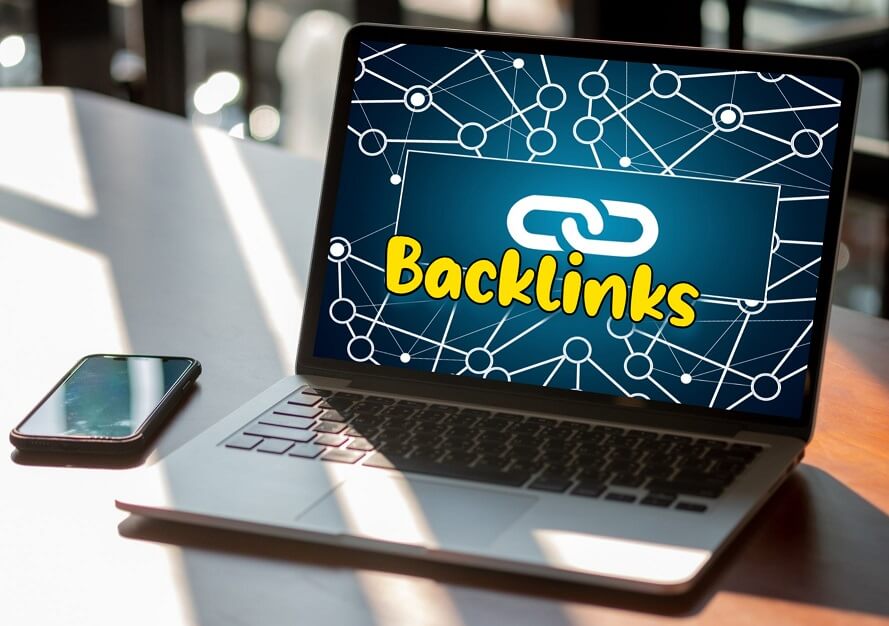Introduction to Link Building
It’s no secret that Google has frequently updated its algorithm by employing minor tweaks, testing, overhauls, and others of the same strategies. With keen observation, you will notice that different link-building strategies are now deemed inactive or downright dangerous.
Over the years, Google has established algorithms that might easily and quickly detect its rules and guidelines violations. They can also punish these offenders quickly; any website or web page caught breaching their rules will be penalized.
These algorithms used for these purposes are surrounding the use of backlinks and link profiles. This piece is focused on informing you about backlinks, including their meaning relevance and meaning.
What is a backlink?
In a simplified form, a backlink is a link from a website to another website. Various search engines, Google included, use backlinks to determine the ranking signal. When you link a website to another site, it signifies that the site’s content is relevant or rather noteworthy. Quality backlinks play a huge role in increasing the ranks and visibility of websites in several search engine results. This is the idea behind SEO (Search Engine Optimization).
A backlink can appear in the form of an internal link, which directs a page of one’s site to a page on another website or an external link directing users from a site to an external source. As stated earlier, when a business links your site on their platform, it shows the content in your site is credible and has valuable content.
High-quality websites backlink to other quality sites, while poor quality sites backlink to other spammy sites. Google penalizes websites that are linked to spam, as it is against their policies. Ranking sites on various search engines prevents users from landing on spam sites. When you link your site to poor-quality sites, you will lose your ranks amongst top sites in Google and other search engines.

You can also say that a backlink is a tool that allows a page on the internet to reference another page in a website, and it usually includes a clickable link that allows you to gain access to that website page. Backlinks can be easily spotted on a website, as they are sometimes underlined or of a distinct color from the page text color.
Backlinks are like coverage that includes a whole lot of other search engine optimization terms. We can willingly give you an overview of some of those phrases which you might have noticed:
- Inbound links
Inbound links are links from websites that direct to a site. They are simply linking from a website or websites to a page on your website. This type of backlink is most sought after by a lot of businesses. To have a link that can be seen as a backlink, it has to be clickable.
An inbound link consists of two parts, the link to your webpage and the anchor text with which the link is attached. Inbound links help in search engine optimization.
2. Outbound links
Outbound links are the same as external links; they are links to an entirely different website. This means that an outbound meant for you can also be meant for someone else.
These types of links are the means through which several search engines and persons locate meaningful content. Outbound links are important because they help increase the number of traffic to a website. They also help develop trust and facilitates business relationships.
- When one website links to another
- Three types:
- Inbound
- Outbound
- Internal
Why create Backlinks?
- They are indicators to search engines. Links to and content indicate its value of it.
- Most backlinks are very valuable, and not all of them is valuable
What are quality backlinks?
Quality backlinks are a major ranking factor for most search engines. You can build very important backlinks when SEO for your website and get quality and relevant organic traffic.
The more backlinks your website provides or gets from an authoritative domain, the higher your rank you tend to get into Google’s path.
Here are the major and very good time to earn Quality Backlinks:
- Replicate your Competitors Best Backlinks

A.) High-Quality Website
A high-quality website provides relevant and very useful content to the user. If your website has the following structure, then it is considered to be of a higher quality. So spending the money can neither guarantee the quality of your website. here is a very basic question to know when your website is of a very high quality:
- Is the domain name representative of the business name?
- Is it professionally designed?
- Is there consistency in style &professional presentation {fonts and colors, alignment, etc.?
- Is it text readable?
- Is the content free from spelling and grammatical and factual errors?
- Are there photos or graphics and videos of high quality?
- Is it simple and logical to navigate?
- Is it free from 4040 errors?
- Is it free from manipulative and SEO tricks (hidden text, cloaking, and doorway pages?
- Is it free from Viruses and malware?
- Does it have a clear topical focus?
- Does your content provide Comprehensive coverage of its topic?
- Is Content either written by a verifiable expert and enthusiast?
- Is your content free from any duplicate and overlapping or redundant content?
B.) Reputable Websites
A reputable website can be a trusted and reliable sources that any user can get vital information without any false and unreliable site.
When looking for a reputable website, you have to be of high rankings and free from error.
Your website must be able to rank.
- At the topmost of your search results -most Google ranks as one of the best websites. If you google “SEO company “or SEO agency,” the most reputable companies will appear on top of your search results.
- Reputable websites have and practice their content for your content to be very engaging and informative with many benefits from users.
They have an engaging website that can act as a virtual business card, so it can tell visitors about everything they can use to put their best foot forward to engage and convert your customers.



